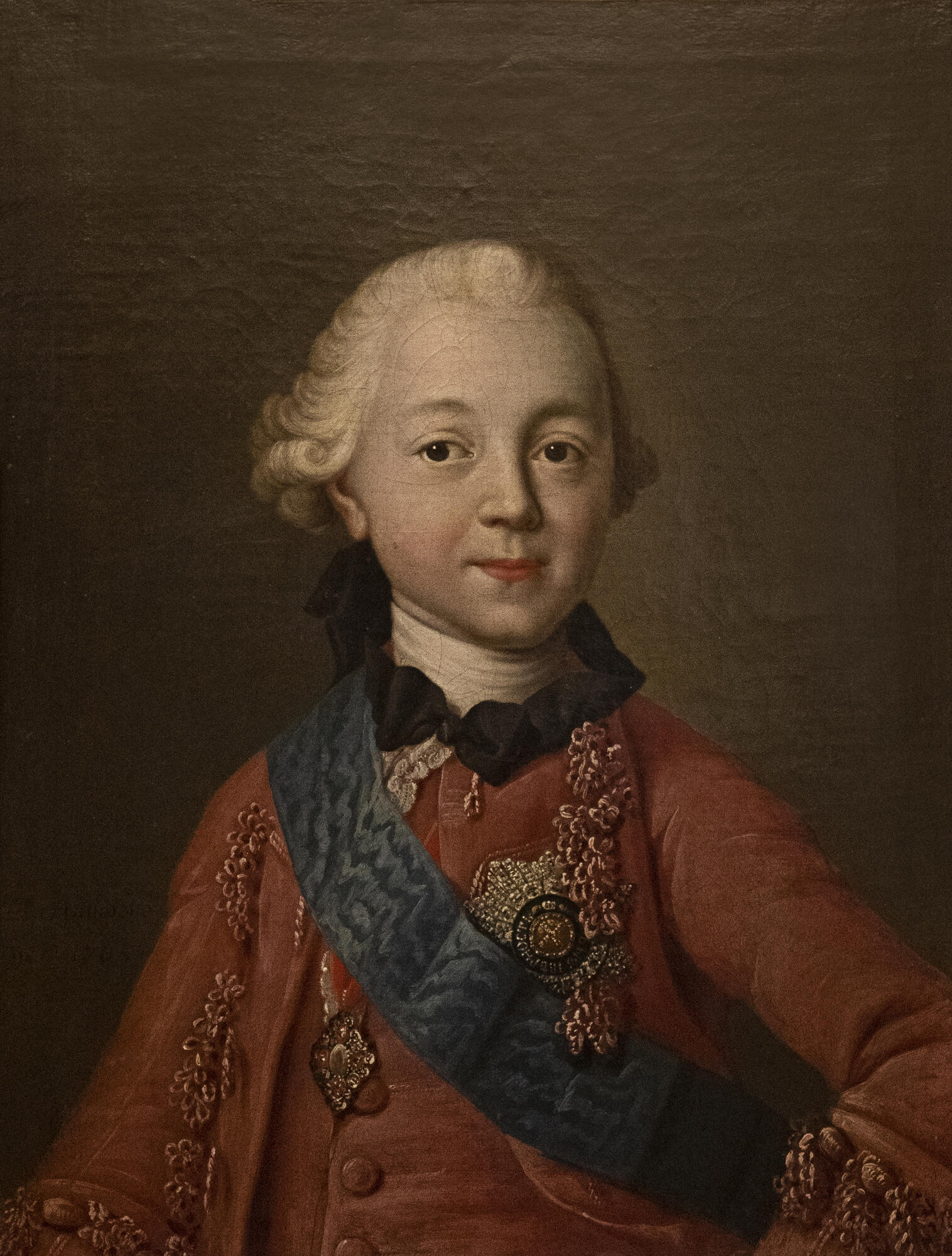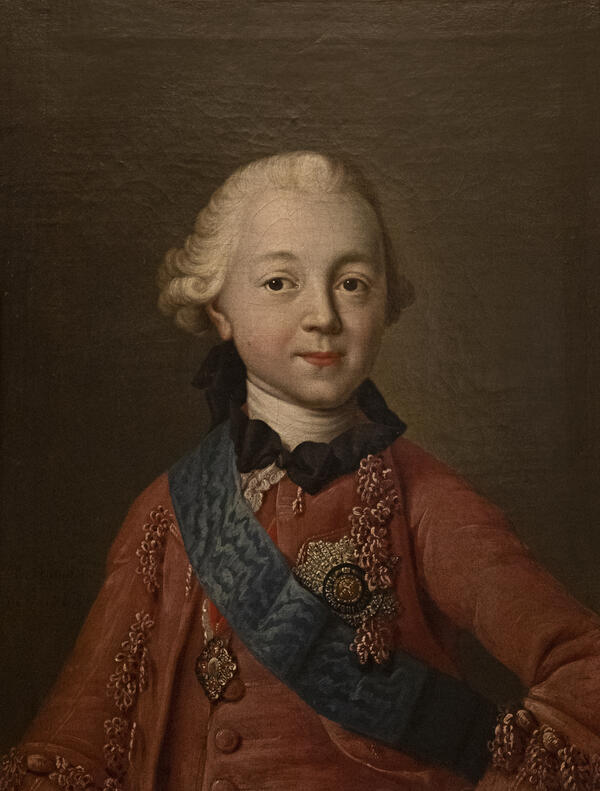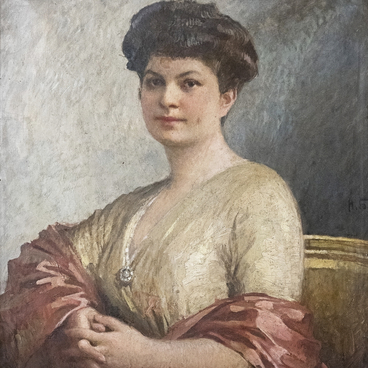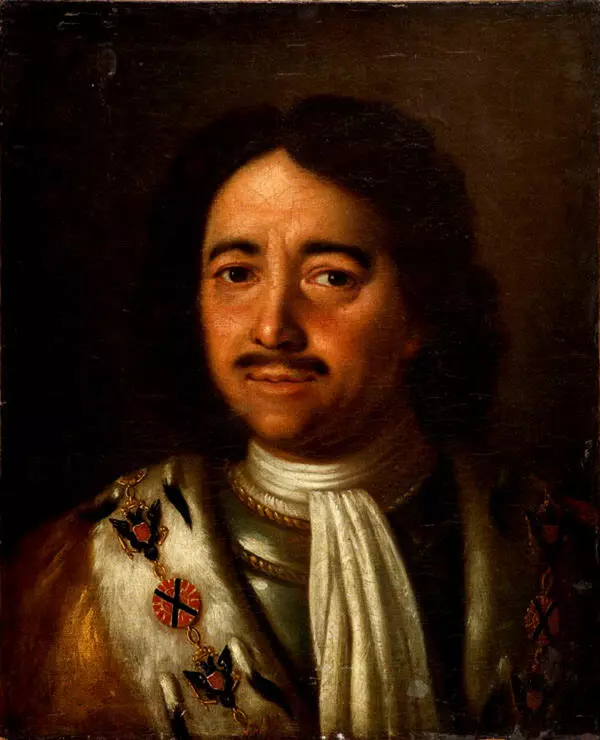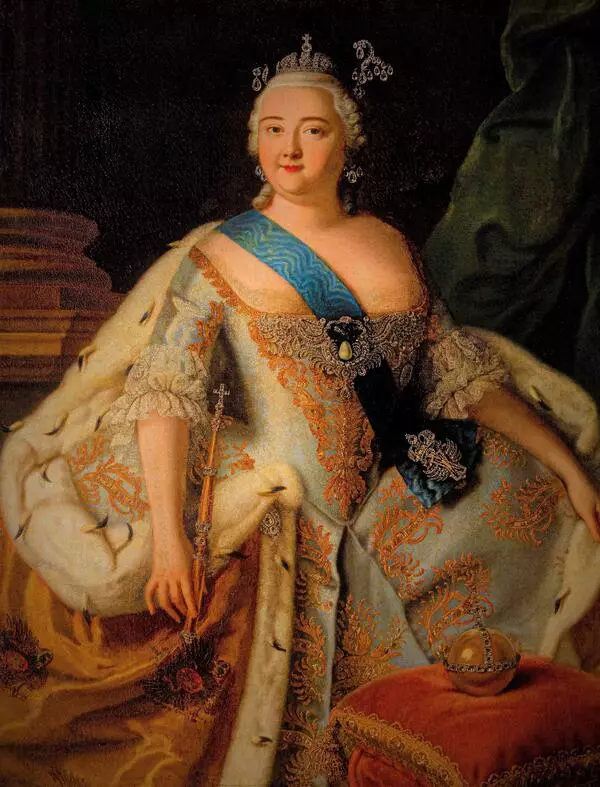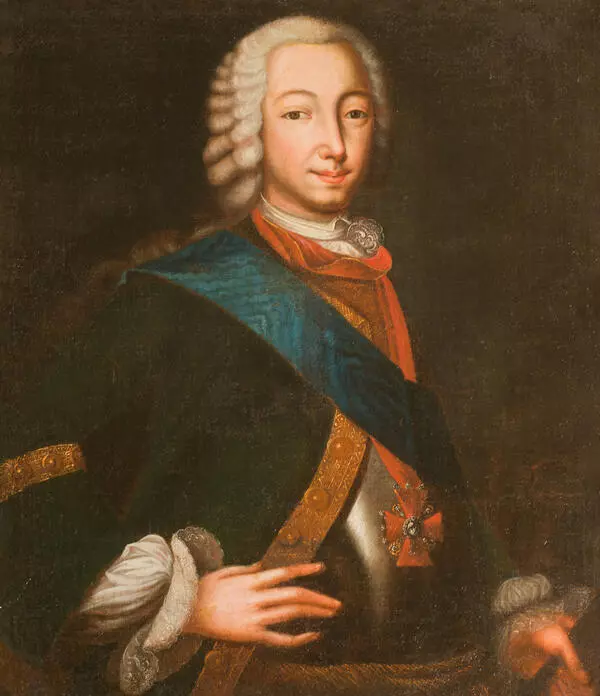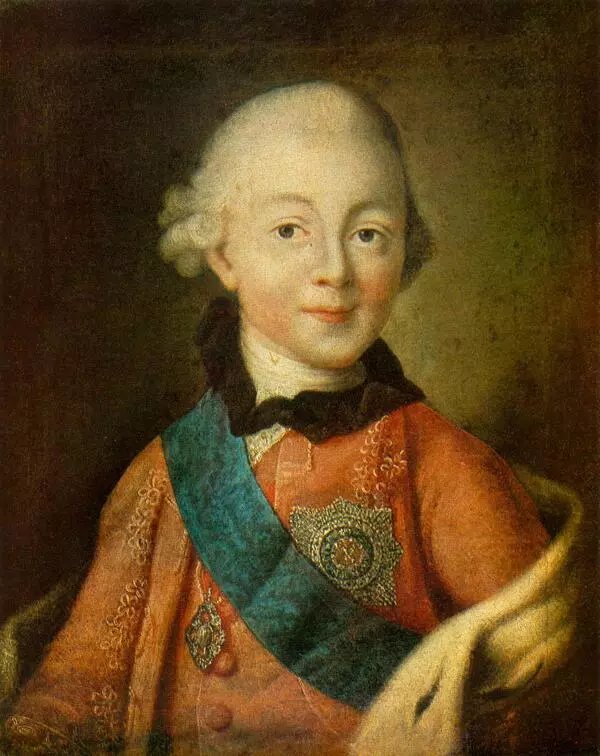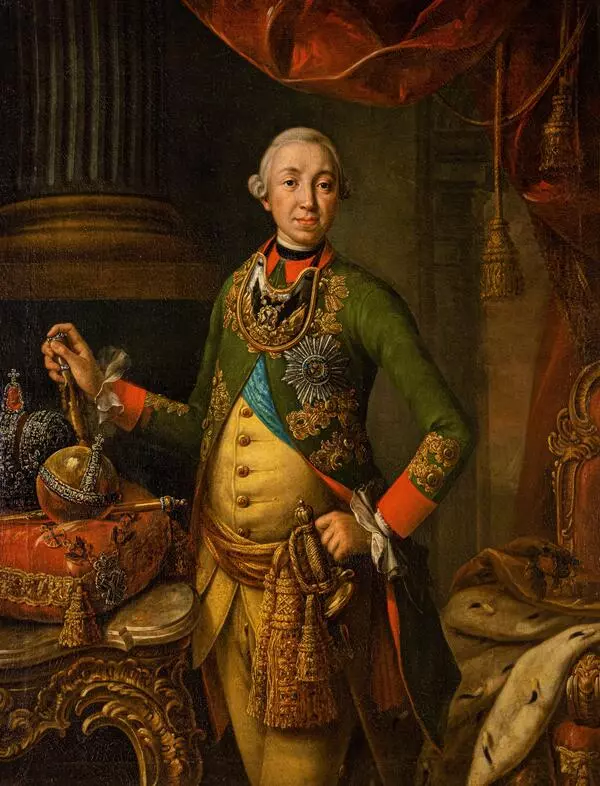Alexei Antropov was a famous painter of the mid-18th century and a prominent representative of the Baroque style. He was born in 1716 in St. Petersburg in the family of an official.
In 1732–1739 Antropov studied at the Chancellery of Buildings in St. Petersburg, and afterwards he began working as a member of the ‘Painting Team’ that included the founder of the portrait genre in Russian painting Andrei Matveyev, a court painter Louis Caravaque, an icon and portrait painter Ivan Vishnyakov and others.
At first, Antropov painted icons, designed the sets for the Opera House and created paintings for the triumphal gate in the Anichkov sloboda. Over time, he focused on the portrait genre. In his works, the artist combined the features of ancient Russian art, which he was strongly inspired by, with the traditions of Western European painting, which were followed by many Russian painters of the 18th century.
Antropov became famous primarily for his ceremonial and chamber portraits. The last category includes ‘Portrait of Grand Duke Pavel Petrovich’, in which the artist depicted the future Emperor Paul I.
The portrait, displayed in the exhibition, is simultaneously simple and vivid. The small size of the canvas, the half-length depiction of the model and the neutral background make up the main characteristics of a chamber portrait. But the distinctive pose, fine clothes, decorative and bright colors enhance the sense of solemnity in the painting. In the canvas there is not just a ten-year-old boy, but rather the crown prince and the future emperor.
Young Pavel wears a red jacket with a blue moire ribbon and orders. The white makeup makes his face look like porcelain. In this way Antropov emphasized the dignity of the sitter, which was necessary for a ceremonial portrait.
The figure of Paul I, outlined by a simple line, stands out clearly against a dull flat background without any perspective. Few bright colors add some decorative effect to the portrait making it correspond to the traditions of old Russian painting.
In this portrait, the artist used the technique of oil painting, which Russian artists had learnt from the Western counterparts. With the help of this technique, Antropov conveys in detail the texture of the objects: the velvet jacket, the moire ribbon, and the diamonds on orders.
In 1732–1739 Antropov studied at the Chancellery of Buildings in St. Petersburg, and afterwards he began working as a member of the ‘Painting Team’ that included the founder of the portrait genre in Russian painting Andrei Matveyev, a court painter Louis Caravaque, an icon and portrait painter Ivan Vishnyakov and others.
At first, Antropov painted icons, designed the sets for the Opera House and created paintings for the triumphal gate in the Anichkov sloboda. Over time, he focused on the portrait genre. In his works, the artist combined the features of ancient Russian art, which he was strongly inspired by, with the traditions of Western European painting, which were followed by many Russian painters of the 18th century.
Antropov became famous primarily for his ceremonial and chamber portraits. The last category includes ‘Portrait of Grand Duke Pavel Petrovich’, in which the artist depicted the future Emperor Paul I.
The portrait, displayed in the exhibition, is simultaneously simple and vivid. The small size of the canvas, the half-length depiction of the model and the neutral background make up the main characteristics of a chamber portrait. But the distinctive pose, fine clothes, decorative and bright colors enhance the sense of solemnity in the painting. In the canvas there is not just a ten-year-old boy, but rather the crown prince and the future emperor.
Young Pavel wears a red jacket with a blue moire ribbon and orders. The white makeup makes his face look like porcelain. In this way Antropov emphasized the dignity of the sitter, which was necessary for a ceremonial portrait.
The figure of Paul I, outlined by a simple line, stands out clearly against a dull flat background without any perspective. Few bright colors add some decorative effect to the portrait making it correspond to the traditions of old Russian painting.
In this portrait, the artist used the technique of oil painting, which Russian artists had learnt from the Western counterparts. With the help of this technique, Antropov conveys in detail the texture of the objects: the velvet jacket, the moire ribbon, and the diamonds on orders.
